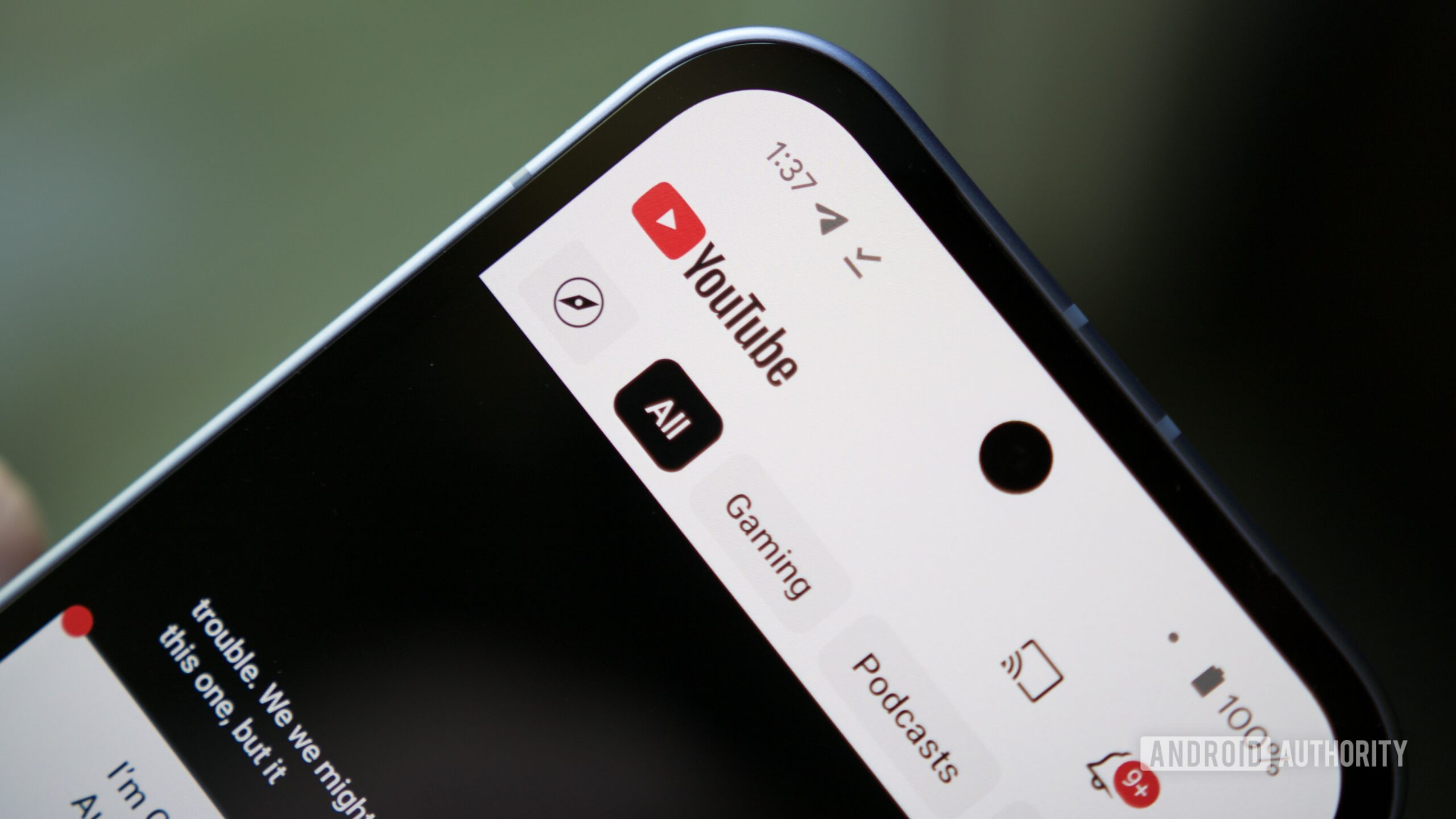Scientists have been quietly using AI to write research papers, and now, we have the numbers to prove it. A massive analysis of 15 million biomedical abstracts reveals that AI-generated content has infiltrated academic publishing at unprecedented levels since ChatGPT’s launch.
How Scientists Caught AI Red-Handed
U.S. and German researchers took a detective approach to track AI’s influence on scientific writing. Instead of trying to spot AI-generated text directly, they analyzed word patterns in biomedical abstracts on PubMed before and after large language models arrived.
The team modeled their investigation on COVID-19 public health research, which tracked excess deaths to measure the pandemic’s impact. Here, they tracked “excess words” to measure AI’s footprint.
Words showing increased frequency in 2024. (A) Frequencies in 2024 and frequency ratios (r). Both axes are on a log scale. Only a subset of points are labeled for visual clarity. the dashed line shows the threshold defining excess words (see text). Words with r > 90 are shown at r = 90. excess words were manually annotated into content words (blue) and style words (orange). (B) the same but with frequency gap (δ) as the vertical axis. Words with δ > 0.05 are shown at δ = 0.05. Credit: Science Advances (2025). DOI: 10.1126/sciadv.adt3813
Their findings paint a clear picture. Since ChatGPT’s release less than three years ago, academic papers have shown a dramatic shift in language patterns. The study was published in Science Advances.
Before 2024, researchers favored concrete “content words” in their writing. After AI tools became mainstream, there’s been a notable swing toward what the researchers call “stylistic and flowery” language.
Words like “showcasing,” “pivotal,” and “grappling” have surged in frequency. The data suggests that at least 13.5% of papers published in 2024 involved some level of AI assistance.
The shift isn’t just about word choice—it’s about structure too. Before 2024, 79.2% of excess word choices were nouns. During 2024, that flipped dramatically: 66% became verbs and 14% were adjectives.
Why Flowery Language Is Raising Red Flags
This trend cuts to the heart of academic credibility. When researchers use AI to polish their prose, they’re essentially outsourcing part of their scholarly voice to algorithms trained on existing literature.
The implications ripple outward. Peer reviewers might unknowingly approve AI-enhanced papers, potentially creating a feedback loop where AI-generated content becomes the new standard for academic writing.
Unlike previous detection efforts that relied on comparing human versus AI-generated samples, this study avoids potential biases. The researchers note that older methods “can introduce biases, as it requires assumptions on which models scientists use for their LLM-assisted writing, and how exactly they prompt them.”
The geographic and field-specific variations tell their own story. The study found notable differences in AI usage between research fields, countries, and publication venues, suggesting some academic communities have embraced AI tools faster than others.
Academic Publishing’s New Reality
This research exposes a fundamental shift happening beneath the surface of academic publishing. AI isn’t just changing how we write—it’s changing what gets written and how knowledge flows through the scientific community.
The 13.5% figure likely represents just the tip of the iceberg. As AI tools become more sophisticated and harder to detect, this percentage could climb significantly higher.
The Disclosure Debate Ahead
The cat’s out of the bag, and there’s no putting it back. Rather than fighting this trend, the academic community will need to establish clear guidelines for AI use in scholarly writing.
Some journals are already updating their policies to require disclosure of AI assistance. Others are investing in detection tools. But the fundamental question remains: where do we draw the line between acceptable AI assistance and problematic AI dependence?
The research suggests we’re past the point of casual AI dabbling. We’re entering an era where AI-assisted academic writing is becoming the norm, not the exception.
Sources: Science Advances journal, PubMed












